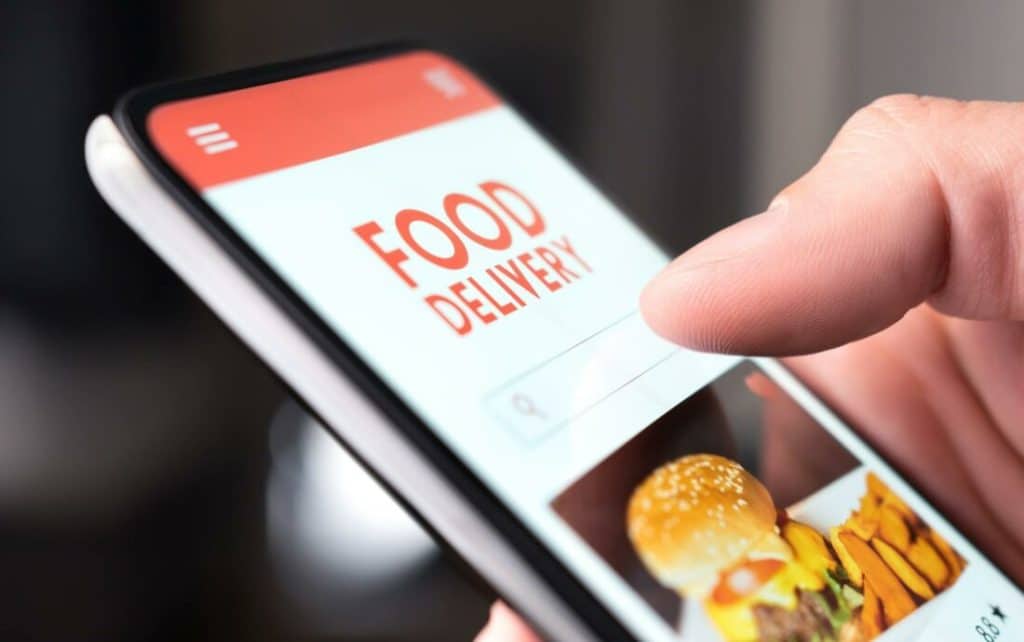The convenience of having a takeaway delivered right to your door with just a few taps has revolutionised the food delivery industry into a hub of innovation and convenience. Scott Dylan, co-founder of Inc & Co and a keen observer of the ever-changing ‘as-a-service’ landscape, explores the future of food delivery services with insightful predictions that resonate with a society increasingly reliant on technology for dining solutions. His analysis delves into both the current state of food delivery and anticipates a future where artificial intelligence (AI), sustainability, and a streamlined transaction-based ecosystem transform our dining experiences.
Dylan‘s predictions are not speculative but are based on the technological advancements currently influencing consumer experiences. He suggests that the integration of AI in food delivery services will further personalise and optimise the ordering process, making sustainable food delivery a widespread standard. This reflects a global commitment to combining convenience with environmental responsibility. The upcoming years are expected to be transformative for the food delivery industry, driven by innovators like Dylan, where the combination of technology and culinary satisfaction could usher in a new dining era.
The Evolution of Food Delivery: From Telephone Orders to Digital Apps
The development of food delivery services has undergone a significant shift, moving from the traditional method of placing telephone orders to the modern convenience of using digital apps. Initially, the onset of online food delivery, limited by the capabilities of web 1.0, allowed users to explore food delivery options online, though through relatively basic interfaces. Presently, we observe significant advancements in the food delivery infrastructure, altering how we savour culinary delights from the comfort of our homes.
The era of waiting on hold to place an order is now obsolete. Pioneers in the online food service delivery sector, such as Uber Eats, Just Eat, and Deliveroo, have not only redefined the concept of convenience but have also established a symbiotic relationship between gastronomic desires and technology. These platforms are at the vanguard of advancements in fast food delivery, moving beyond the collaborative ethos of web 2.0 and towards a future where accurately predicting customer preferences is achievable.
In the contemporary landscape, the emergence of hunger prompts algorithms rather than telephone calls. A predictive system, powered by sophisticated computing, anticipates and meets a diner’s preferences even before they are articulated. This significant advancement in predictive technology represents a major shift in online food delivery trends, where the amalgamation of user history and real-time data converge to provide a highly personalised and satisfying food delivery experience.

